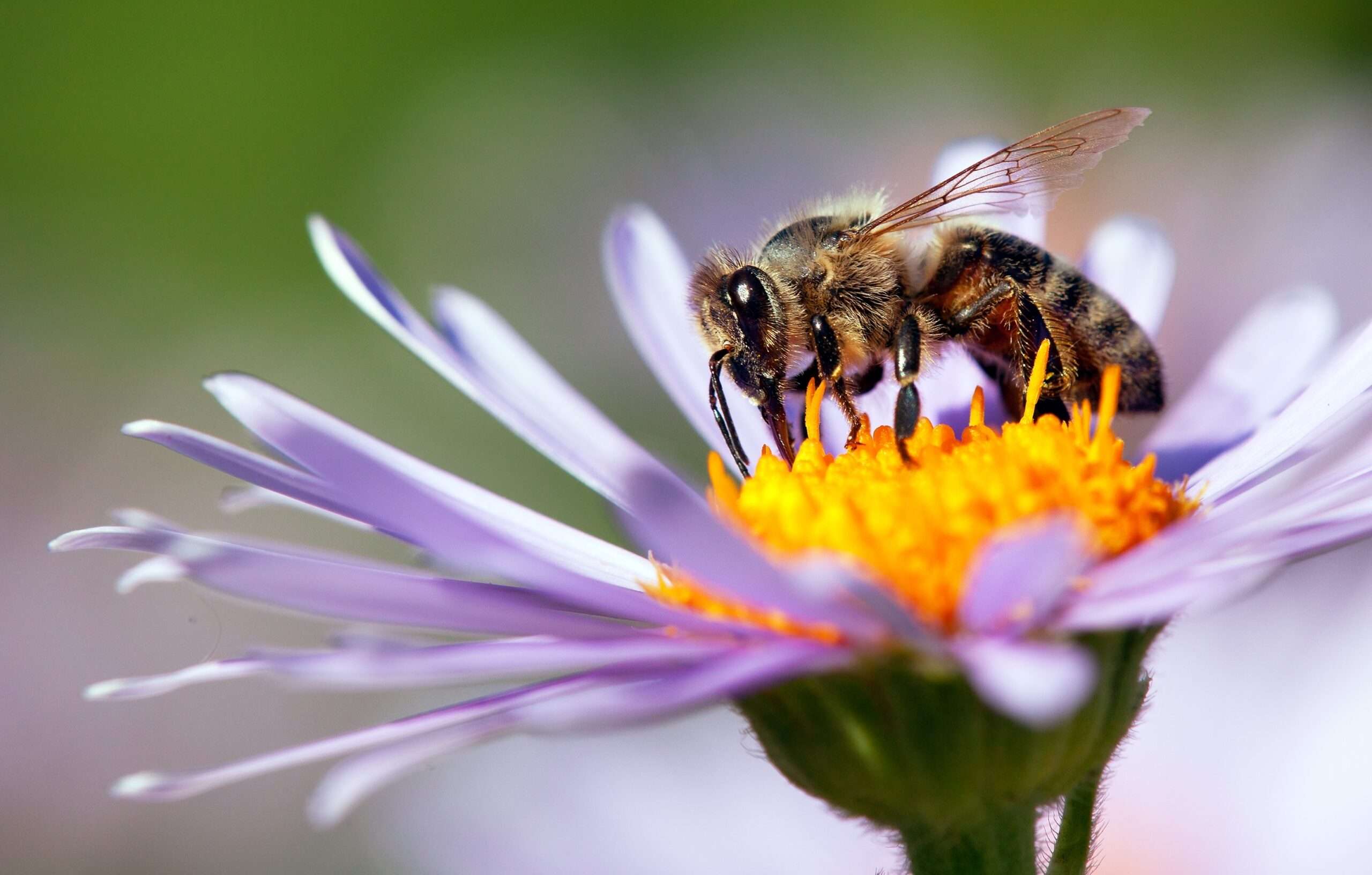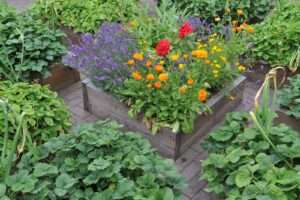
What is a pollinator garden? A pollinator garden is planted to attract a wide range of pollinating insects (and birds too!). Reminiscent of victory gardens during of World War I and II, pollinator gardens are also about shoring up food supplies – but this time it’s for pollinators.
The goal of pollinator gardens is to provide nectar and pollen to reverse the decline of pollinators and to provide habitat (milkweed) for Monarch butterflies.
The populations of our native bees, butterflies and other insect pollinators have been declining for several decades. In 2015, the American Society of Landscape Architects (ASLA) joined forces with New York Senator Kirsten Gillibrand to encourage pollinator habitats on transportation right-of-way. Since that time, pollinator garden design is at the heart of most garden planning.
According to USDA research, pollinators are responsible for one out of three bites of food we take each day. Without pollinators plants would not reproduce! There are more than 200,000 species of beneficial insects such as bees, butterflies, wasps, ants and moths, and more than 1,000 vertebrates such as birds, bats and small mammals that are also pollinators.
Pollinators travel from plant to plant carrying pollen that allows the transfer of genetic material critical to the reproductive system of most flowering plants – the very plants that:
Follow these steps to build your pollinator garden:
DETERMINE LOCATION
Butterflies and other pollinators love the sun, and their favorite wildflowers grow best in full or partial sun. Protection from the wind is also important.
If you are planning an in-ground pollinator garden, consider your soil. Is the soil sandy and well-drained or more clay-like and wet? Both soils can be amended to provide the best possible conditions for your garden.
If you’d like to learn more about your soil before planting, consider testing. Soil tests are a good way to measure health and fertility. The tests are generally inexpensive, though well worth any cost when it comes to growing success.
Raised bed pollinator gardens allow gardeners more control over the soil and additives but in-ground pollinator gardens are great too. It is a matter of preference.

Butterflies love the sun!
PLAN
Now that you know where you want your bed, it’s time to consider plants, color, texture and height. Plant placement is just as important as plant choice. Use the interior design rule of planting in odd numbers, like threes or fives.
Insects prefer not to have to search widely for high-energy nectar, so an expansive wildflower-sprinkled meadow is not ideal. Flying uses a lot of energy. Instead, pollinators prefer adjacent groupings of their favorite plants because it shortens their commute.
Choose plants native to your region.
Native plants share a long evolutionary history with their pollinators, so including a wide variety of natives will make your garden a favorite destination for pollinators. Choose carefully to match the site conditions; natives will flourish without the addition of fertilizers and pesticides.
Choose nectar- and pollen-rich flowers with a range of shapes, sizes and colors.
Pollinator favorites such as black eyed susan and salvia help attract pollinators, but diversity is the key to a successful garden. Because each pollinator has its own techniques for sourcing nectar and pollen, flowers should be as varied as the pollinators that visit them.
Remember the butterflies!
Without host plants for butterfly larvae (caterpillars) to eat, there will be no butterflies! So don’t forget to provide this vital food source. Many butterfly larvae can only feed on one or two specific host plants—particularly native trees, shrubs, and perennials—that are vital to their survival. For example, Monarch caterpillars only eat milkweed.
If you are like most gardeners and like input from the experts, use the Pollinator Partnership’s tool for selecting pollinator plants based on region or talk to your local Living Earth representative.
Determine the best soil solution.
Don’t forget to buy organic Living Earth products before you plant! Product recommendations may vary based on application, region and soil conditions, including:
For more information about raised garden beds, visit our About Raised Garden Beds page.
Seeds vs plants.
Once you’ve identified your plant species, decide whether to use seeds or start with small plants. If you’re using seeds, plan on dispersing them the fall or late winter ahead to give them time to germinate before the summer growing season.
If you are going to use plants, then aim for early spring planting but be sure to do so just after the last recorded frost for your area.
If you aren’t quite sure about your garden yet, use local resources. Consult a landscape architect to help you design and integrate solutions, which range from plant selection and design to features to collect rainwater. There are other resources available as well. For example, did you know many cities offer free sprinkler evaluation?
READY. SET. ENJOY!
Now that you have planted your garden, all you need to do is reap its rewards. That and water frequently and fertilize regularly!
If you are planting seeds over the fall, it takes a little longer but no matter the timing, once your pollinator garden is in full bloom, you’ll have an active, beautiful garden that’s well worth the effort – for you and the planet.
Remember… Even one pollinator-friendly plant makes a significant difference!